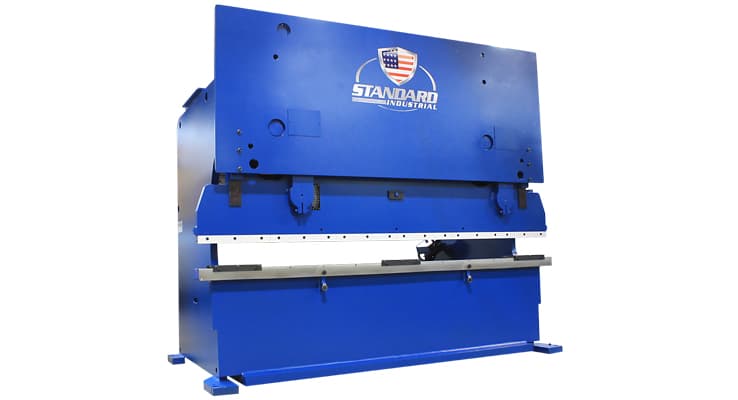Generally, the tonnage of a Hydraulic Press Brake is also known as the Press Capacity and is what determines the size of the work-piece that can be processed on the Press Brake and the unit of force measurement which is a press brake can deliver and is what bends work-pieces into desired/specific degrees. The tonnage range of our Press Brakes is between 30 tons to 3000 tons while the bed lengths begin at 4 feet and ranges up to almost 30 feet.
All of these outstanding machine capabilities are combined with industry-recognized service (we average 2 and 1/2 service technicians for every salesperson), a well-staffed emergency number, and a parts division that will blow you away. If your initial investment involves tooling up your presses brake, we also have that covered. We are Wila and Wilson certified tooling professionals with the tools that you need.



